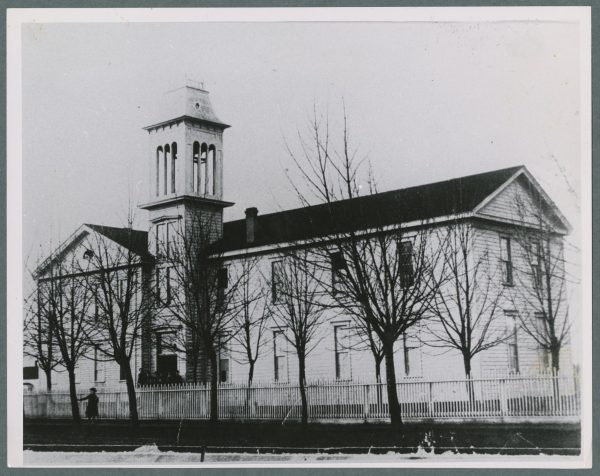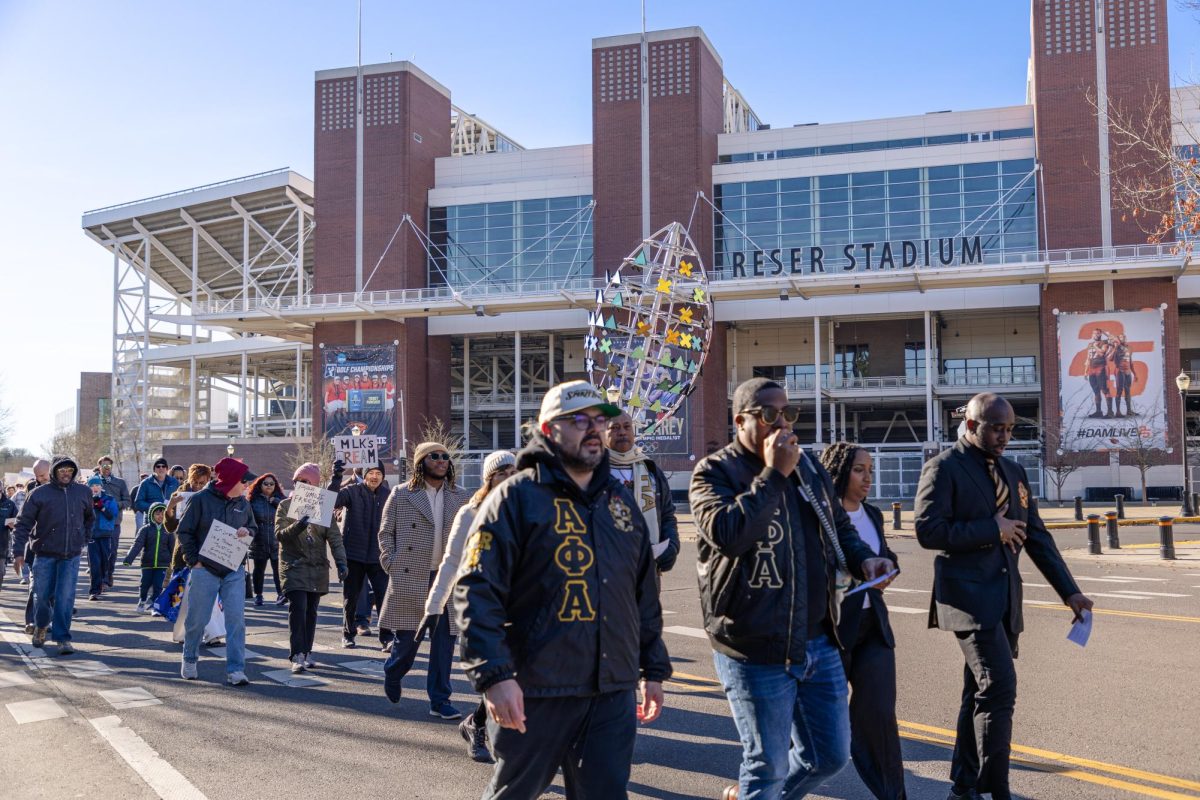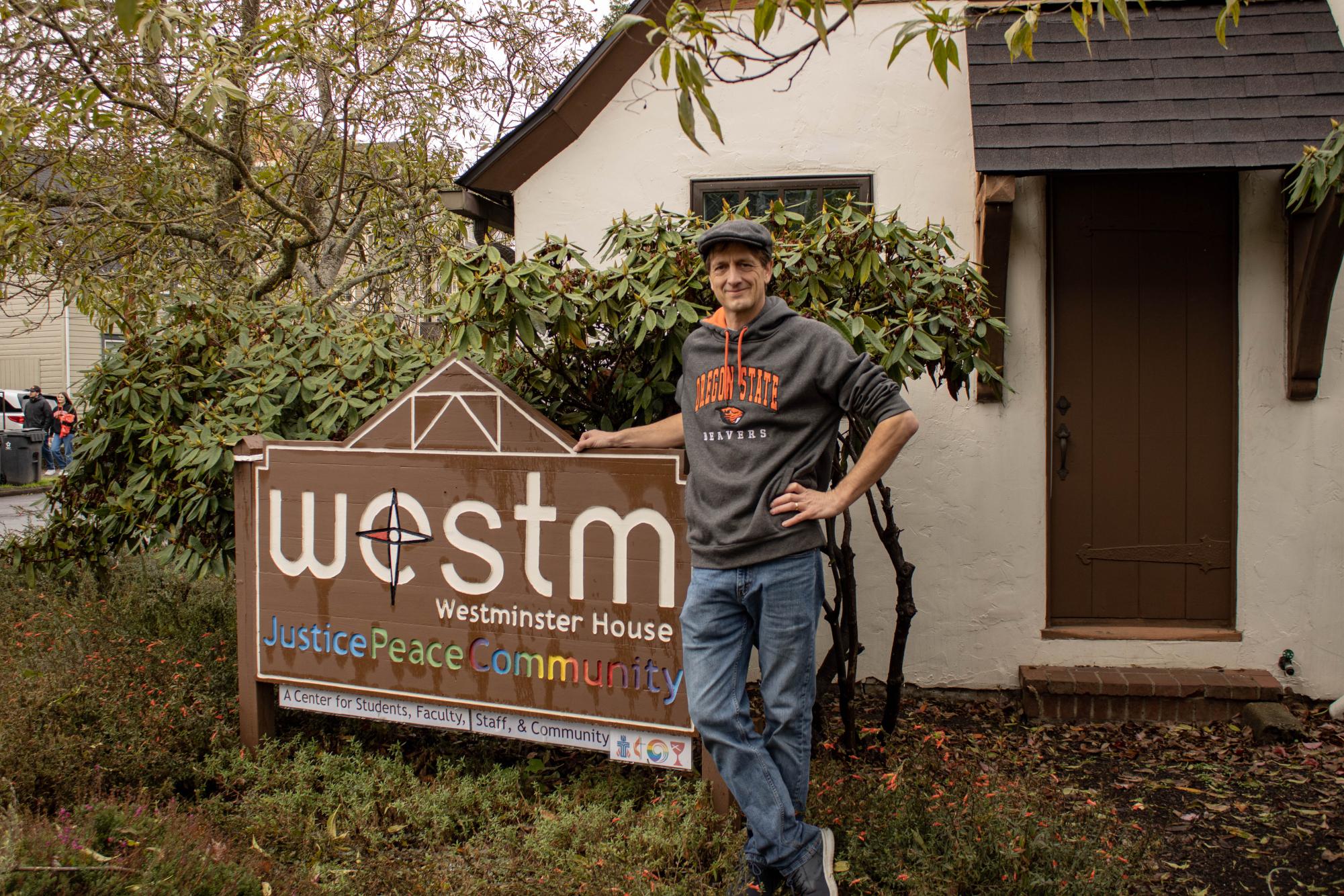Oregon State University boasts a rich historical tapestry, with its roots extending to the 1860s when it emerged as a church-affiliated institution.
OSU’s religious history began when Orceneth Fisher, a member of the Methodist Episcopal Church, South, purchased the financially troubled Corvallis College in 1860 and subsequently transferred its ownership to the church. This establishment served as both a meetinghouse for church followers and a venue for college classes.

At that time, Corvallis College was housed in a substantial two-story structure situated between Madison and Monroe Avenue on Fifth Street, as detailed in “The People’s School: A History of Oregon State University” by OSU Emeritus Distinguished Professor of History William Robbins.
Contemporary photos show that the building, located in the block currently occupied by Corvallis City Hall, had a commanding front entrance and second-story windows which overlooked the street below. Six years after the church’s assumption of ownership, the Corvallis College Board of Trustees appointed William A. Finley as both pastor and college president.
Reverend Robert Kirby, director and campus minister at Westminster Church, corroborates this historical account, and added that during their ownership, the church secured the land upon which Community Hall now stands, overseeing the college for 27 years before transitioning to state control.
In 1868, Corvallis College received state funding through the First Morrill Act, officially becoming a land-grant college. The institution underwent a name change in 1872 to Oregon State Agricultural College, while maintaining its affiliations with the Methodist Episcopal Church.
Robbins mentioned in the book that despite Christian influences shaping university activities in the late 19th century, the institution adhered closely to the rules and regulations of the Methodist Episcopal Church, South.

This continued until 1888 when formal state control was established, culminating in the establishment of what is now Oregon State University.
Further transformative moments occurred in the 20th century, with the integration of the Wesley Foundation and Westminster Church during the 1960s, resulting in shared spaces and joint programs.
The 1970s and 1980s marked a period of social change and inclusivity, with the formation of the Corvallis National Association for the Advancement of Colored People at Westminster House in 1971, the OSU Gay Student Alliance finding a home at WestM in 1979 and WestM providing refuge for Jose Heriberto Lopez as part of the Sanctuary Refugee movement in 1986.














































































































